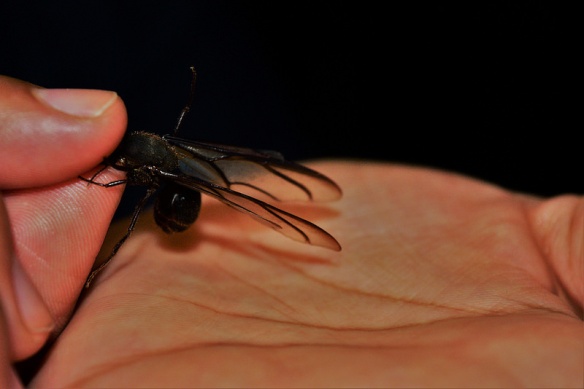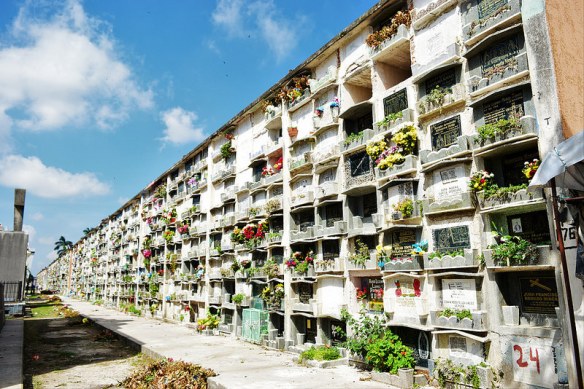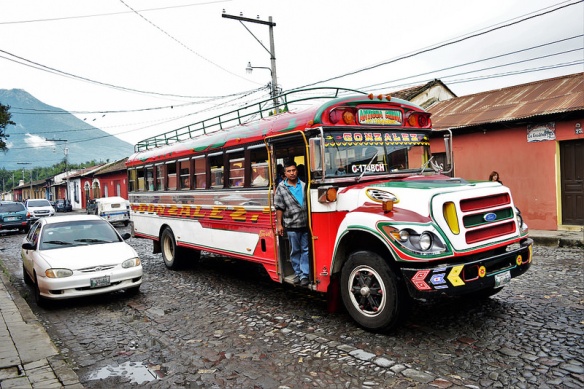10-6-16
The last four weeks in Guatemala have been extremely complex, safety in the region has gotten worse; gangs are forcing community members to flee, extreme raining flooded the only library in the community and the classroom where my host organization offers before and after school support.
Two weeks ago, ten Guatemalans were killed in a landslide due to the rain just minutes from our home. Many locals no longer believe that the neighborhood’s name: “La Esperanza” reflects its meaning. It has been very difficult for locals. The majority of the region still lives in small, improvised home, with dirt floors known as Covachas. Raining seasons are difficult for these families.
Just this past Sunday (10-2-16) in broad daylight a young man was murdered across the street from UPAVIM. I have been told of these events before, but it is definitely my first time experiencing such horrific crime scene. The scene could be seen from the UPAVIM school building. Four hours after the shooting, the young man’s body covered in white sheets was carried out and put into a police truck. Minutes later the alley was covered in watered down blood as it was being cleaned. As I observed, I spotted many of the children I work with at UPAVIM, and I wondered, how are these kids supposed to focus their minds on learning when their childhood has been torn apart by scenes like these?
There are times when I feel hopeless, and then I see some of the most honest and beautiful smiles and continue to understand my role here. I hug these kids with passion and tell them how much I believe in them.
Despite all the challenges many still continue to work hard to survive. It’s inspiring to see hardworking women continue growing alongside UPAVIM, an organization established more than 20 years ago. I have found family thousands of miles away from home. My relationship with the community is growing every day.
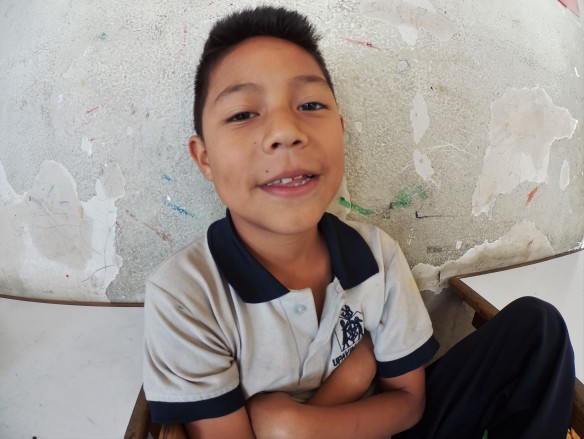
Guatemala City

Guatemala City
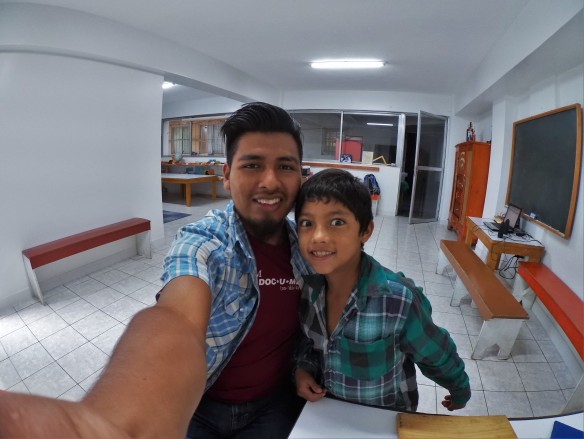
Guatemala City.

Guatemala City.
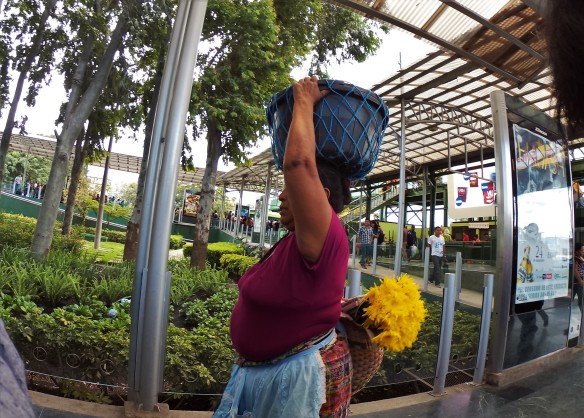
Guatemala City.
Note: Unidas Para Vivir Mejor (United for a Better Life) is a women’s artisan cooperative located in the community of La Esperanza, a former squatter settlement on the edge of Guatemala City. The women support themselves and UPAVIM through the production and sale of traditional, fair-trade handicrafts. UPAVIM faces the social problems of La Esperanza and improves the quality of life there with its school, free education projects, community library, and a medical clinic. International volunteers contribute mainly by teaching classes in UPAVIM’s free education project, Reforzamiento. Reforzamiento is aimed at helping neighborhood children.
UPAVIM’s mission is to empower local women. Over the past 25 years, UPAVIM has grown from a small baby-weighing program to a women’s cooperative employing local women.The proceeds from these crafts pay the women’s salaries, fund UPAVIM’s community health clinic, and fund UPAVIM’s school, which includes a daycare, pre-school, and elementary school (K-6th). In addition, UPAVIM runs a bakery and soy factory which provide fresh and affordable goods to the community. Find out more by visiting http://www.upavim.org.








